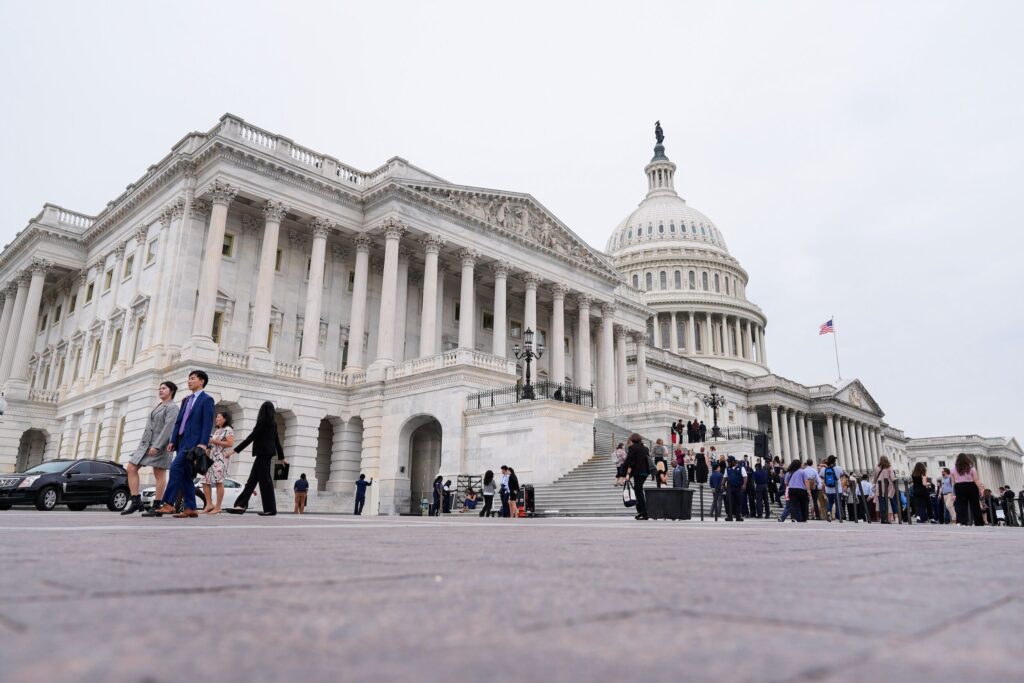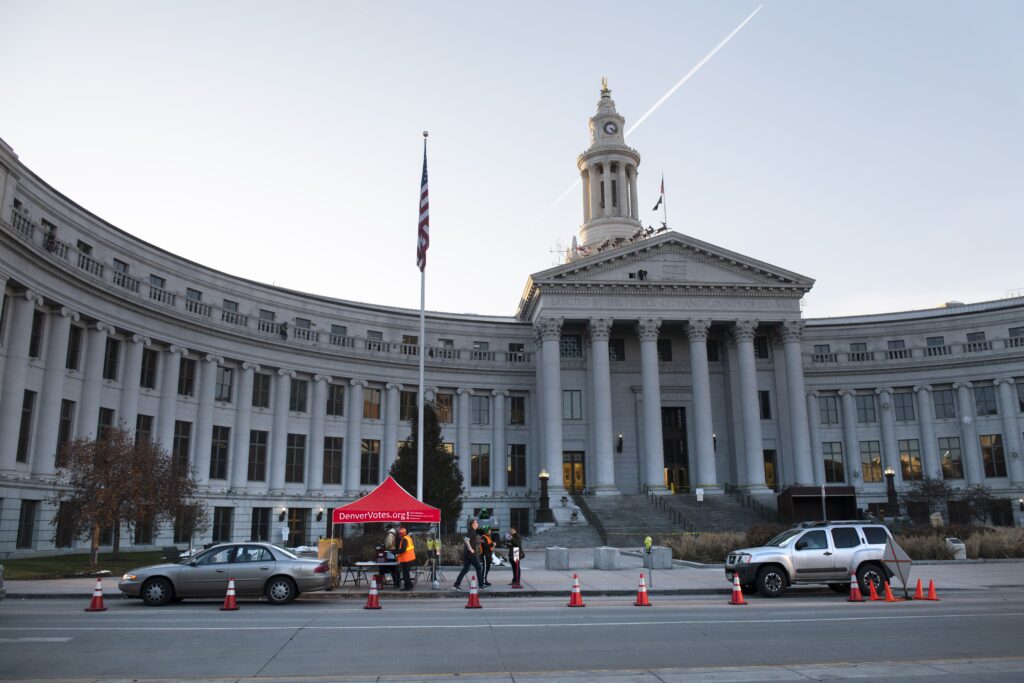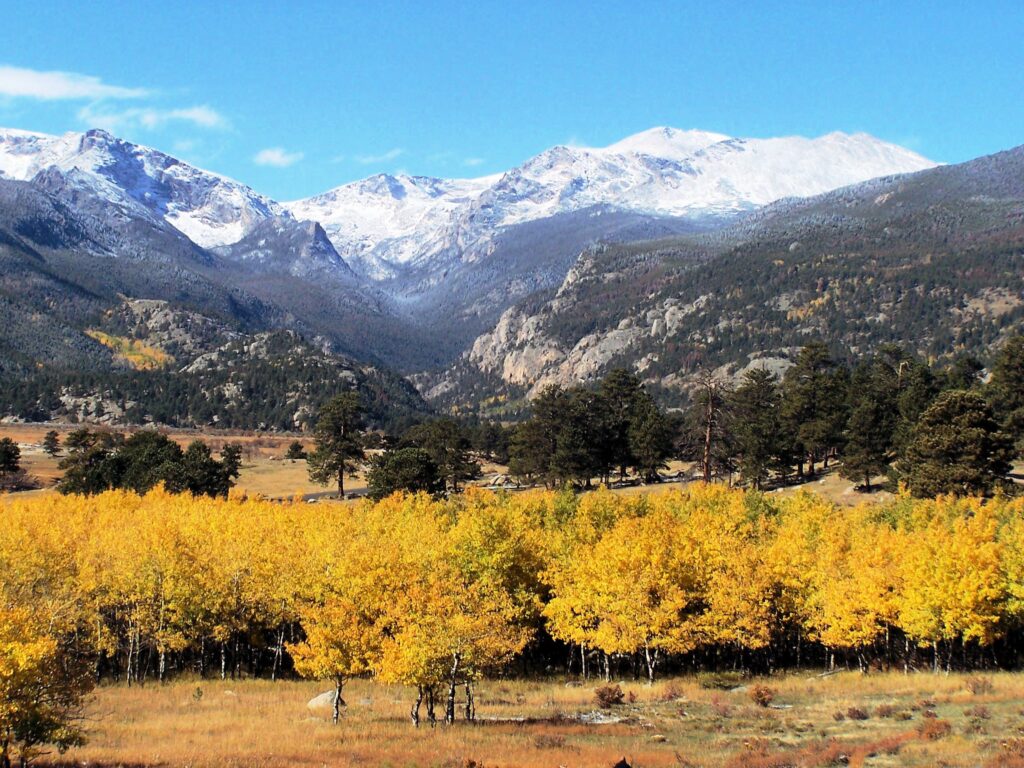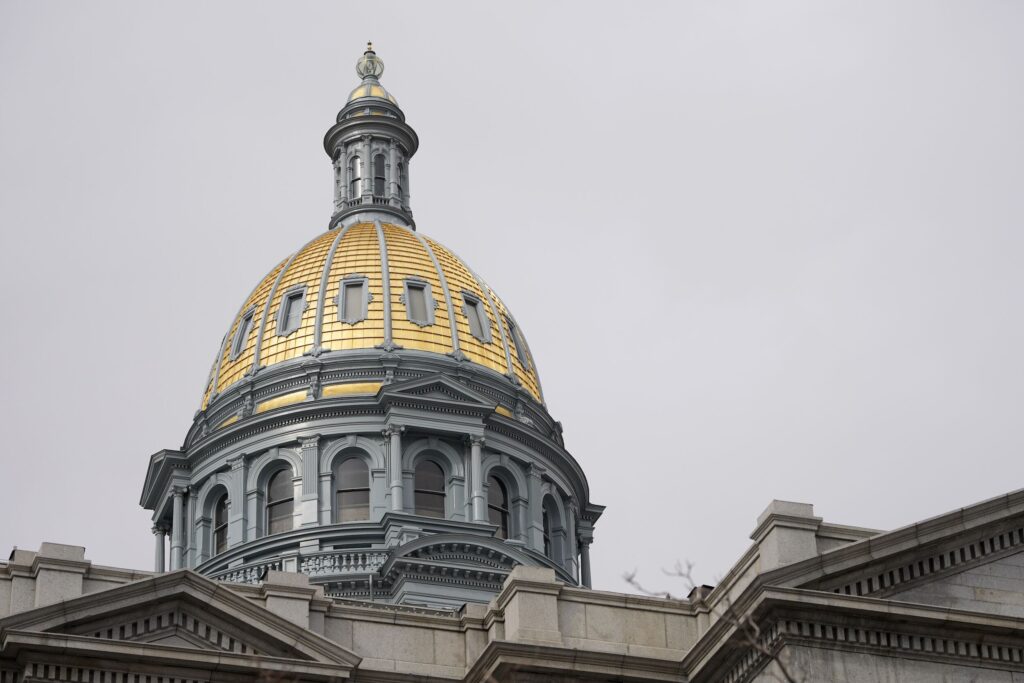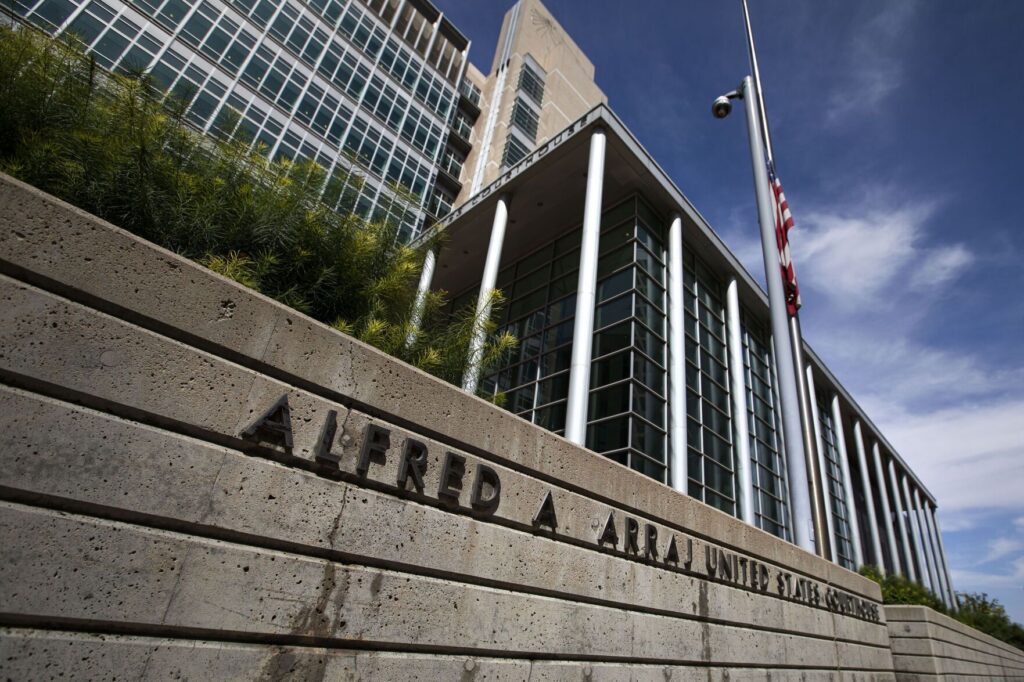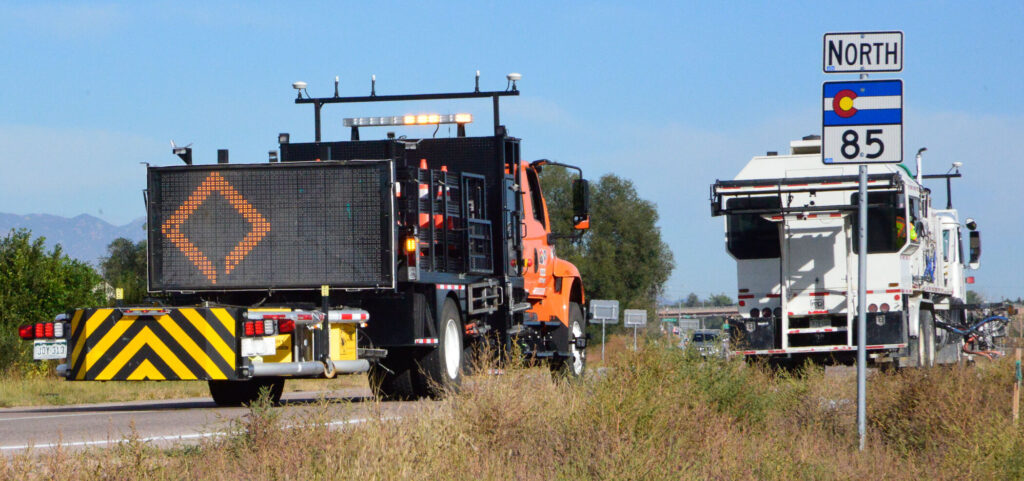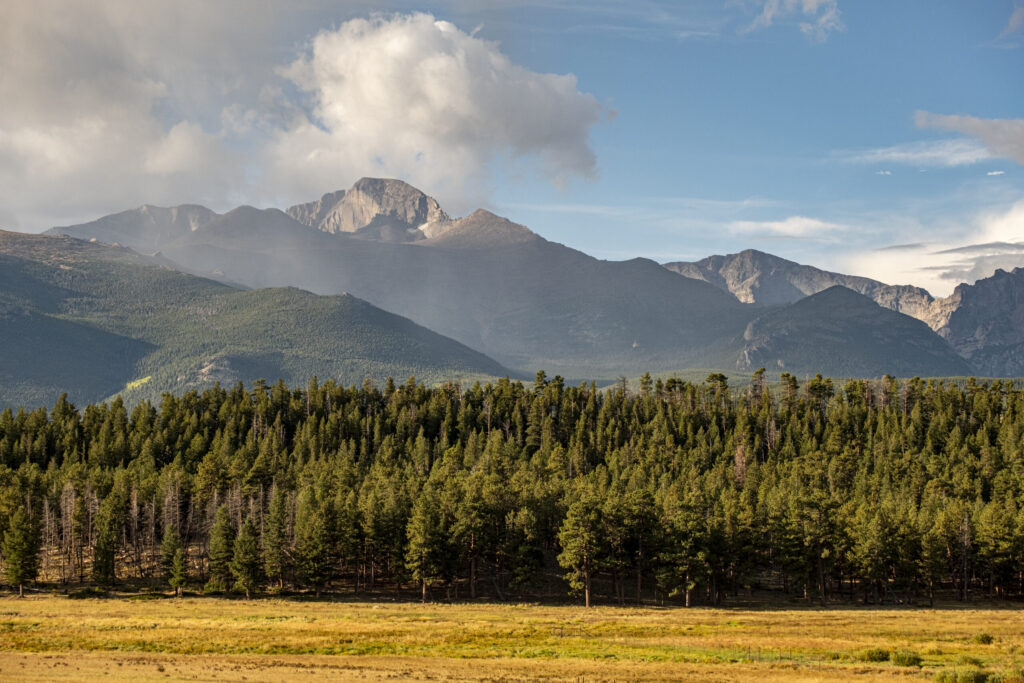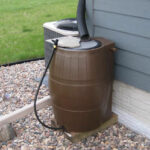Water storage a major concern heard by resource review panel
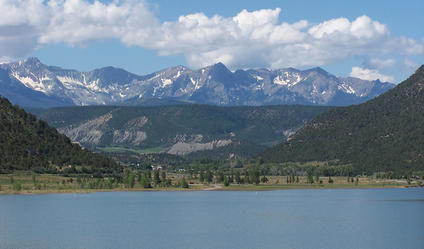
Storage!
And storage, and, just maybe, more storage.
If there was a single message that emerged from the final two hearings on the state water plan, it’s that the East Slope needs more water storage.
It’s a message the interim Water Resources Review Committee heard and acknowledged during the hearings, held Monday in Greeley and Tuesday in Aurora.
Representatives of the Denver South Platte River area basin roundtables hammered on that desire, as did members of the public who spoke to the committee.
The hearings solicited public input on the statewide water plan, now in its second draft. A final version is expected to be delivered to Gov. John Hickenlooper by Dec. 10.
Hickenlooper ordered the water plan in December 2013. It’s intended to guide Colorado’s water use and needs in light of an annual water shortage of 1 million acre-foot expected within the next 35 years. The Colorado Water Conservation Board is in charge of putting the plan together and participated in hearings held in each of the nine basin roundtable areas this summer. (One million acre-feet is equal to about 325 billion gallons of water.)
The basin roundtables are groups in each of the eight major river basins in Colorado plus the Denver metro area. The groups are made up of representatives of water conservancy districts; agriculture, recreation, industrial and environmental interests; and local water providers and people who own water rights or have contracts for federal water.
Each roundtable came up with a basin implementation plan outlining water priorities and projects for the next several decades. Denver and the South Platte roundtables combined forces for a joint plan.
Gaspar Perricone, representing the CWCB, told the committee the plan’s success will rest on its ability “to effectively usher in the basin implementation plans,” as well as ideas that develop on a statewide and local perspective.
One of the issues that has come up since the plan’s second draft was released in July is an annual “stretch” conservation goal of 400,000 acre-feet. That goal wasn’t included in any basin plan, so it’s raised questions for the roundtable groups and for state lawmakers.
Much of the water shortage anticipated in the next three decades is likely to occur in the South Platte region, said Joe Frank, chair of the South Platte roundtable. He told the committee his roundtable needs a better understanding of those numbers and how much of the 400,000 acre-feet applies to the gap.
Most of the South Platte gap will come from municipal and industrial needs, Frank said, and there’s also a gap for the agricultural sector, which dominates the eastern part of the state. Frank wound up on the hot seat with several West Slope lawmakers when he said his roundtable wants to preserve its “rights” to Colorado River water. It’s a sore subject for West Slope residents who fear the East Slope will seek more water from the Colorado River, which advocates claim is already over-appropriated. In response to several questions from state Sen. Ellen Roberts, R-Durango and state Rep. Don Coram, R-Montrose, Frank said he didn’t believe taking more Colorado River water would dry up West Slope agriculture, and that he didn’t anticipate this would have to happen “tomorrow.”
But storage is the major need for the South Platte and Denver Metro area, Frank told the committee. The basin already has a 300,000 acre-foot shortage for agriculture, reflected by wells that have been shut down all over the area. Without new storage, half the farmland that relies on irrigation could dry up. More than half of the identified projects in the South Platte/Denver basin plan are for storage, he noted.
Coram also pointed out that 1 million acre-feet went out of state this spring to Nebraska, an amount that exceeded the legal contracts between Colorado and Nebraska. Everyone wants to keep that water, Frank replied, but they have no way to store it.
Storage needs to become a much higher priority in the statewide plan, said state Rep. J. Paul Brown, R-Ignacio, who isn’t on the committee but attended many of the hearings.
But storage has always been a controversial topic in Colorado. Several storage projects have been killed because of opposition from environmental groups, including the Two Forks Dam, proposed in the late 1980s for the South Platte near Deckers. Environmental groups also are fighting a storage project on the Cache La Poudre River near Fort Collins — the Northern Integrated Supply Project, or NISP — which would put two reservoirs on the river.
“We need to get past the controversy,” Frank said.
Several people told the committee the area just can’t conserve its way out of the shortage.
Jim Hall of Northern Water, which is in charge of the NISP project, told the committee that conservation will not meet all the future water needs for the area.
“We agree with the governor’s statement that all conversations must start with conservation,” added Burt Knight, representing Greeley. “But not to the point that it becomes the dominant force in the plan.” Storage needs to have its own chapter in the plan, he said.
Several people pointed out that the South Platte feeds Coloradans, and that new storage will save farmland. “Weld County is the breadbasket of the state,” said former legislator Bill Jerke. “Build some more bloody dams!” thundered Peter Bridgman of Berthoud.
Dolores Martindale of Weld County has seen first-hand the effects of water shortages: her wells and those of her neighbors have already been shut down. Her husband, Jim Martindale, said it makes him mad when homeowners’ associations tell residents how green their lawns have to be. “I’m efficient,” he said. “Cities aren’t.”
During the day Tuesday, the interim committee met to discuss some of the input. State Sen. Jerry Sonnenberg, R-Sterling, said he didn’t think, the plan has “a strong enough” statement about storage. The committee agreed to submit a letter to the CWCB that would emphasize that point.
During the hearing in Aurora, the storage message was repeated by Barbara Biggs, chair of the Denver Basin Roundtable. She also addressed an option for Colorado River water raised the previous evening, adding that her group would not assume that water would be available year in, year out. Roberts told Biggs she supports East Slope storage, but needs to hear from the roundtable that the group doesn’t have a problem with conservation. Biggs replied that the roundtable supports conservation but said the 400,000 acre-foot level makes her nervous, since she doesn’t know whether it’s for the whole state or just for the Denver area. “I’m concerned that it could be used as a weapon against storage,” she said.
The number didn’t come out of any basin plan. The CWCB came up with it as an aggregate conservation target from all the plans.
The committee also heard from several people who expressed environmental concerns.
The water plan is on the right track, said Celia Greenman of Lakewood. But before it gets underway, the state should fund studies on healthy rivers. She also suggested that hydraulic fracturing and other oil-and-gas operations should use recycled water.
Ken Ransford of Basalt, secretary of the CWCB board, said the No. 1 issue for the Colorado River basin is healthy streams. West Slope residents, he said, believe any water left in streams will just be taken by the East Slope. He also advocated for changing the type of crops grown in Colorado, arguing that farmers should focus on more high-end crops and less on corn and hay.



